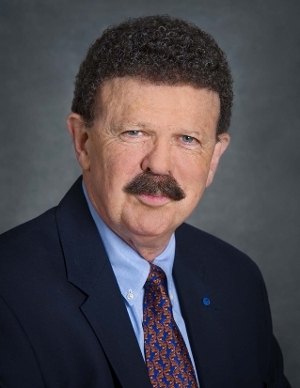On the Fracture Toughness of Biological and Engineering Structural Materials
Investigating the interplay between strength and deformability in materials
Please login or create your My IOM3 Account to access this on-demand webinar.
Engineering Structural Integrity Series
We are delighted to be working with FESI (Forum on Engineering Structual Integrity) to host a series of lectures highlighting the importance engineering structural integrity to a variety of sectors.
A material’s capacity for limited deformation is a critical aspect of toughness as this enables the local dissipation of stresses that would otherwise cause fracture. Such inelastic deformation mechanisms are diverse; they include dislocation motion in crystalline materials, in-situ phase-transformations in certain metals and ceramics, sliding of collagen fibrils in bone, the rotation of fibrils in skin, frictional motion between mineral “platelets” in seashells, and through mechanisms that also cause fracture such as shear-banding in glasses and microcracking in rocks.
Resistance to fracture is thus a compromise: either a combination of the mutually exclusive properties of strength and deformability, as in intrinsic toughness, or between intrinsic and extrinsic (shielding) mechanisms that act to induce toughness, respectively, ahead or behind, the tip. We examine the interplay between such mechanisms in biological materials, including skin and bone, seashells and fish scales, in high-temperature materials, such as ceramic-matrix composites and nuclear graphite, and in multiple-element metallic alloys, namely bulk-metallic glasses and high-entropy alloys, in order to seek the many diverse processes that are the source of the fracture resistance of materials.
Meet your speaker - Dr Rob Ritche, University of Calilfornia Berkeley
Robert O. Ritchie is the H.T. & Jessie Chua Distinguished Professor of Engineering in the Departments of Materials Science & Engineering and Mechanical Engineering at the University of California in Berkeley; he is also Senior Materials Scientist at the Lawrence Berkeley National Laboratory. He received M.A., Ph.D. and Sc.D. degrees in materials science all from Cambridge University. Prior to joining the faculty at Berkeley in 1981, he was Associate Professor of Mechanical Engineering at M.I.T. He is known for his research into the mechanics and mechanisms of fracture and fatigue of a broad range of structural and biological materials (his “h-index” on Google Scholar is 125). His current interests are focused on advanced metallic alloys (high-entropy alloys and bulk-metallic glasses), the structural integrity of bone, the development of bio-inspired structural materials, and the in situ fracture of ceramic-matrix composites at ultrahigh temperatures. He is a foreign member of the Royal Society in London (FRS), the U.S. National Academy of Engineering, the U.K. Royal Academy of Engineering (FREng), the Russian Academy of Sciences, the European Academy of Sciences, and the Royal Swedish Academy of Engineering Sciences. He was also President of the International Congress on Fracture (ICF) from 1997-2001.



These activities are approved for Professional Development by the Institute of Materials, Minerals & Mining.









